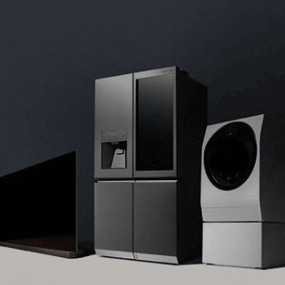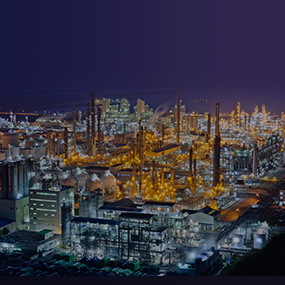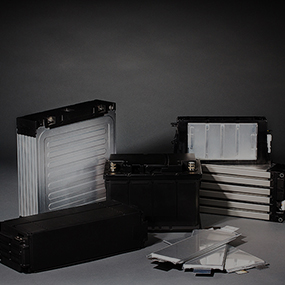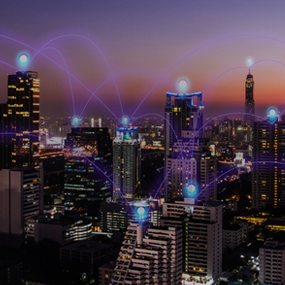LG Chem to Produce and Run NCC Plant on Hydrogen
2022.06.20■ 50,000 ton-capacity hydrogen plant in Daesan, 75 km southwest of Seoul expected to reduce carbon emissions by 140,000 tons annually
■ Construction to begin in first half of next year and completed by the second quarter of 2024
■ New plant to play a key role in the company’s circular supply chain by capturing and reusing carbon dioxide generated as off-gas
■ Aims to establish a circular supply chain that captures and repur-poses carbon dioxide generated from hydrogen production
SEOUL, June 20, 2022 – LG Chem today announced its plan to produce hydrogen as a key component of its long-term 2050 Net Zero corporate sustainability goal. Aligned with this goal, South Korea’s largest chemical company said it would establish a plant in Daesan, Korea, with the capacity to produce 50,000 tons of hydrogen annually by the second quarter in 2024. This plant will be the first LG Chem site to produce pure hydrogen, apart from those earned as off-gases.
“The establishment of our hydrogen plant and CO2 circulation system is an effort to create a sustainable future for our petrochemical business by achieving carbon neutrality,” said Noh Kug-lae, head of Petrochemical Business at LG Chem. “Hydrogen will allow us to convert our petrochemical pyrolysis to a more sustainable low-carbon process.”
The new plant employs technology which converts methane to hydrogen by creating a chemical reaction under high-temperature steam. Hydrogen will be made from methane off-gases generated by the naphtha cracking center (NCC) in the process of producing feed-stocks. These hydrogen will then be depolymerized under high-temperature to be used as fuel again.
Construction of LG Chem’s hydrogen plant is expected to commence in the first half of 2023 and scheduled for completion by the second quarter of 2024. Once fully operational, LG Chem expects the plant to reduce carbon emissions by 140,000 tons annually – equivalent to 1 million newly-planted trees – by replacing methane used in the NCC process with high-purity hydrogen, which does not create carbon dioxide (CO2) during combustion.
The petrochemical industry produces base chemicals such as ethylene, propylene and buta-diene which are made by breaking down naphtha at high temperatures. Methane is commonly used as a heat source for the NCC process which generates a large amount of carbon emis-sions.
The plant is a key component of LG Chem’s strategy to increase its use of renewable energy such as hydrogen in the NCC process by up to 70 percent by 2025, as well as to the company’s plans to actively utilize hydrogen in the production of renewable bio feedstocks such as hy-dro-treated vegetable oils. The construction of additional hydrogen plants will be considered in the future based on carbon reduction efficacy. Through these efforts, LG Chem is confident it can create a value chain in which CO2 generated from the hydrogen production process is repurposed as a useful resource.
More than 90 percent of hydrogen in the Korean market is produced using the steam methane reforming process that extracts hydrogen from methane, which is composed of carbon mon-oxide and hydrogen. The resulting CO2 off-gas has for long been viewed as an unwanted by-product. The solution involves LG Chem joining hands with Taekyung Chemical, the largest carbonic acid gas producer in Korea using high-purity CO2 as raw material.
Under the terms of the recently-signed Memorandum of Understanding (MoU), LG Chem will capture the CO2 generated from producing hydrogen utilizing a blue hydrogen production method for supply to Taekyung Chemical, creating a clean circular ecosystem in the process. Both LG Chem and Taekyung Chemical have pledged to work closely together to establish a seamless CO2 supply system and various ways to utilize it in the long term.














